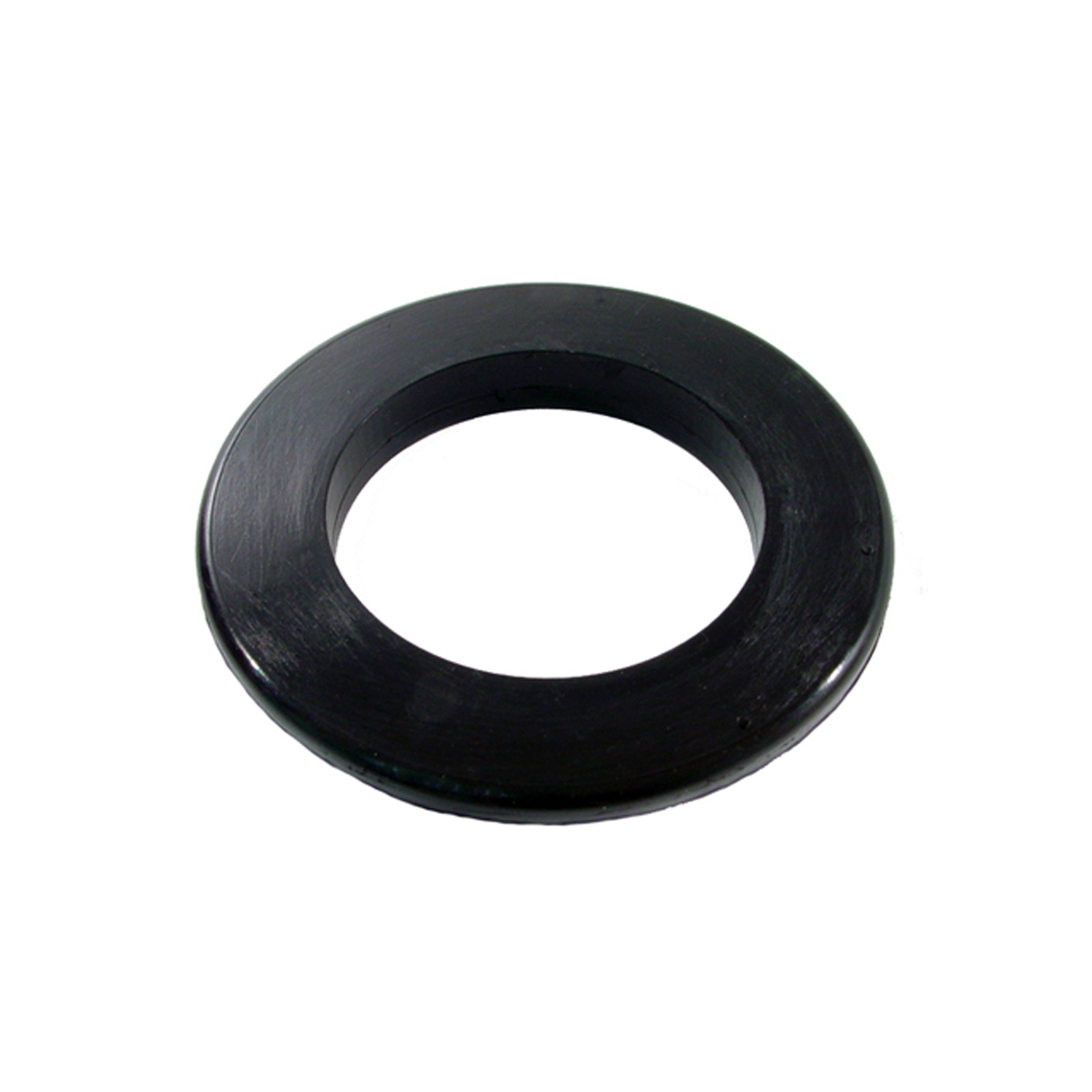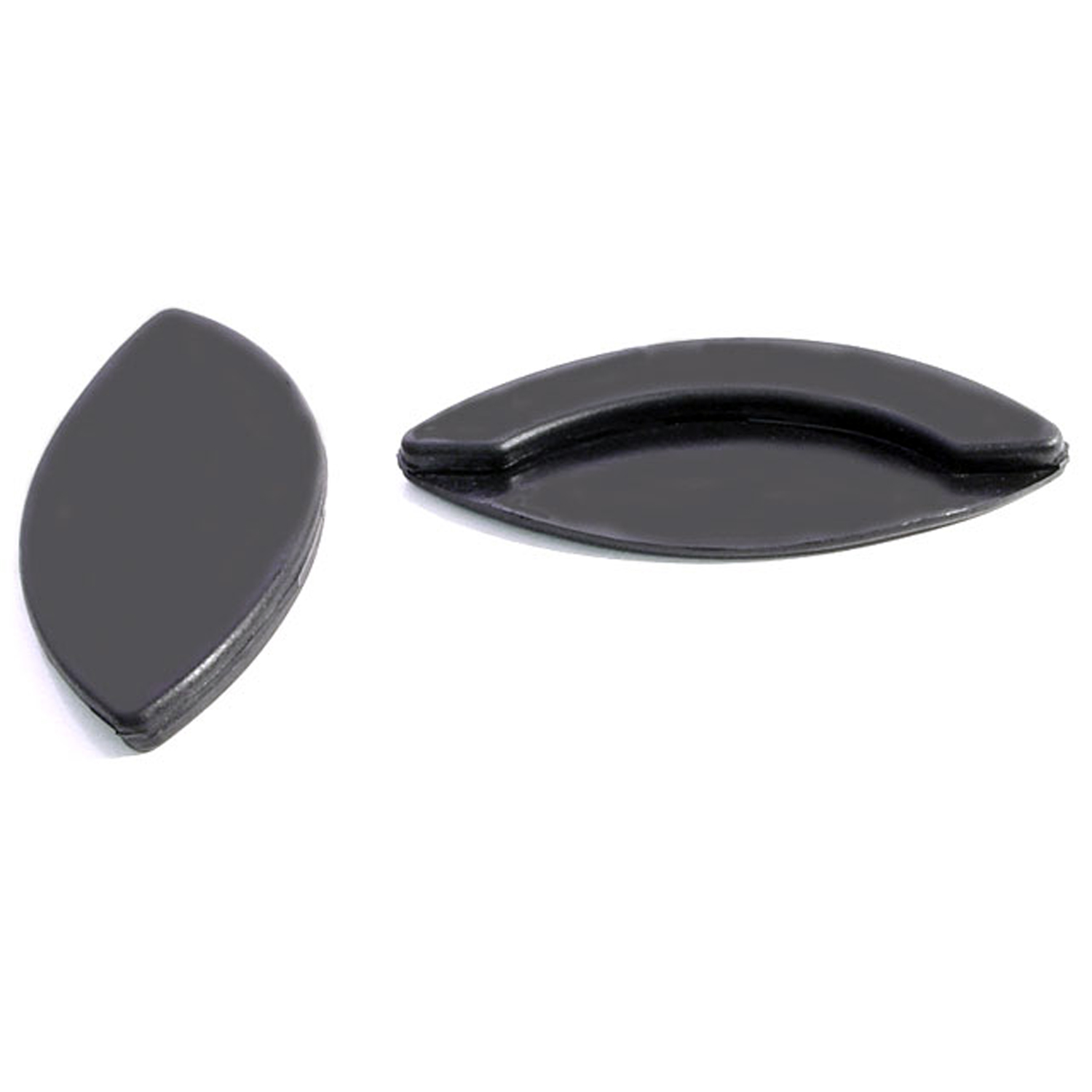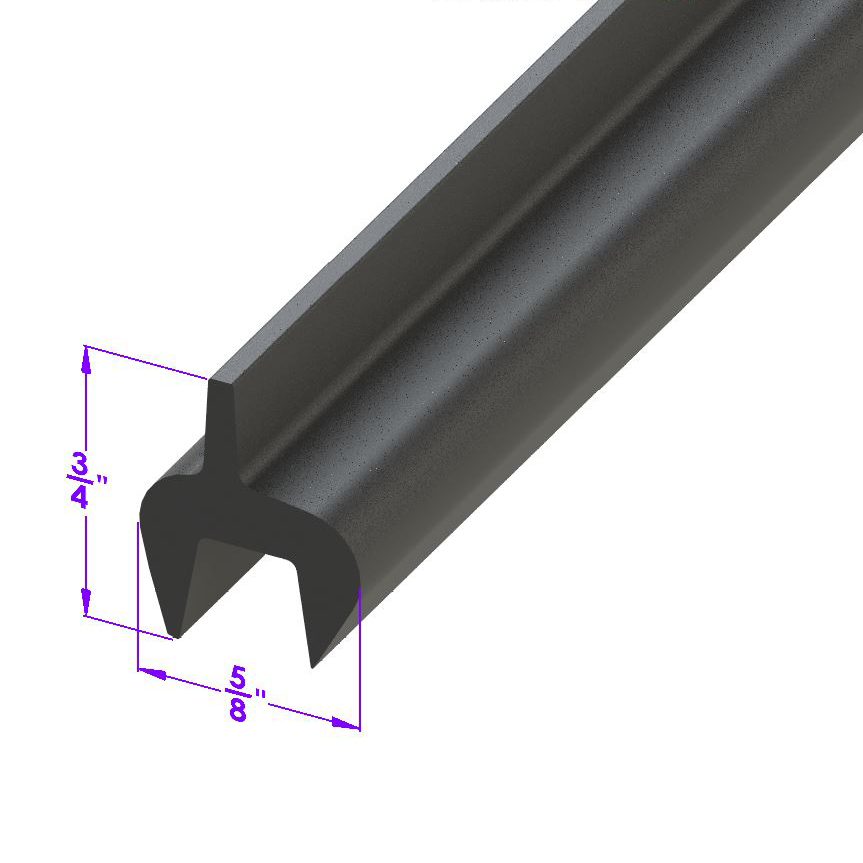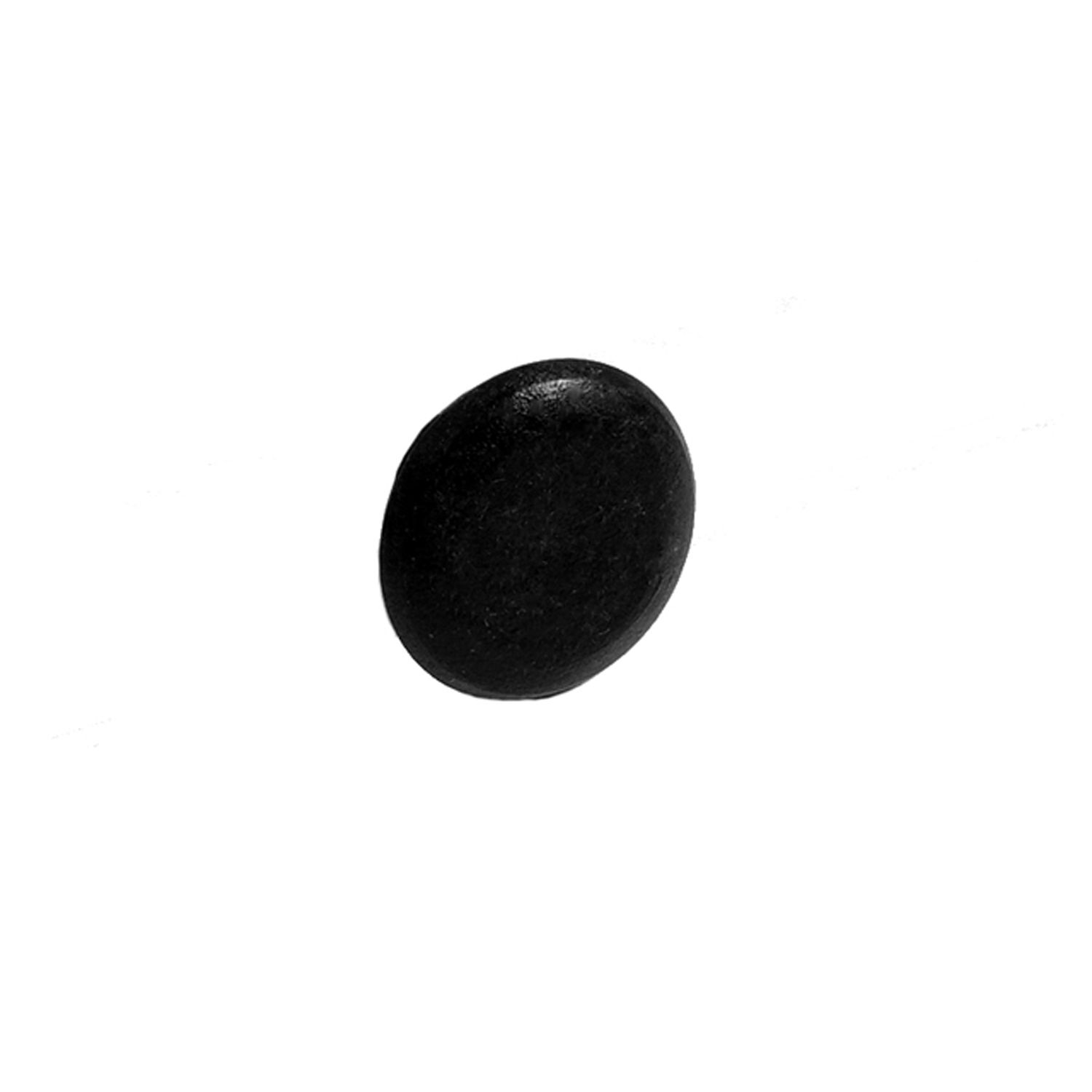Image of 1923 Packard Twin Six, sourced from www.oldcarsweekly.com , Image Link.
Performance Metrics
Fundamental Metrics
Emotional Appeal
MMP Rating
| Engine Specifications | |
|---|---|
| Engine: | 60-degree V12 |
| Displacement: | 424 cubic inches (6.9 L) |
| Horsepower: | Estimated 90 HP |
| Torque: | Not available |
| Compression Ratio: | Not available |
| Ignition System: | Dual Ignition with two spark plugs per cylinder |
| Cooling System: | Water-cooled |
| Performance Specifications | |
| 0-60 Time: | Not available |
| 1/4 Mile Time: | Not available |
| Top Speed: | 70 mph |
| Transmission and Drive | |
| Drive Type: | Rear-wheel drive |
| Transmission Type: | 3-speed manual |
| Fuel and Efficiency | |
| Fuel System Type: | Carburetor |
| MPG: | Not available |
| Dimensions and Brakes | |
| Brakes: | Mechanical drum brakes |
| Wheelbase: | 136 inches |
| Weight: | 4,600 lbs |
Note: Specifications for classic cars are given to the best of our ability, considering the limited and variant data available.
A Journey Back to Roaring Twenties Luxury: The 1923 Packard Twin Six
The 1923 Packard Twin Six stands as a testament to the opulence and technological ambition of the early automotive era. Born from the prestigious Packard Motor Car Company, this vehicle emerged as a symbol of luxury and performance that catered to the elite of society. Its introduction into the market marked a significant milestone in automotive history, offering a glimpse into the craftsmanship and innovation of the 1920s.
Unique among its peers for its advanced engineering, the Twin Six boasted one of the first production V12 engines, setting a benchmark for power and smoothness that was unrivaled at the time. This remarkable feat of engineering not only captured the attention of wealthy buyers but also etched its name into automotive lore by powering some of the era's most influential figures, including numerous heads of state and celebrities.
Design and Innovation: A Harmony of Elegance and Engineering
With its long, sweeping hood and elegant coachwork, the 1923 Packard Twin Six exuded a sense of grandeur that was unmistakably Packard. The exterior styling was characterized by clean lines, an imposing grille, and luxurious finishes that hinted at its premium status. Inside, passengers were enveloped in an environment rich with fine leathers, polished wood accents, and meticulous attention to detail—a true showcase of Packard's commitment to quality.
For its time, the Twin Six was a marvel of technology. Its 424 cubic-inch V12 engine was not only powerful but also remarkably refined. Color options ranged from deep blues to rich maroons, with black remaining a popular choice for its timeless elegance. The car came in various body styles, including roadsters, phaetons, and sedans, with the custom-bodied sedans being particularly sought after for their bespoke nature.
Historical Significance: Pioneering Performance in Luxury Motoring
The 1923 Packard Twin Six's impact on automotive design cannot be overstated. It elevated expectations for what a luxury car could be—powerful yet smooth, opulent yet tasteful. Its V12 engine set it apart from contemporaries primarily running on six or eight cylinders. This pioneering spirit not only influenced future generations of luxury cars but also cemented Packard's reputation as a manufacturer of high-end vehicles.
Performance and Handling: A Symphony on Wheels
Performance-wise, the Twin Six was nothing short of impressive for its era. With a top speed that could reach well over 70 mph—a remarkable figure in the 1920s—and acceleration that left many competitors trailing in its wake, it offered an exhilarating driving experience. On the road, it handled with grace and poise, absorbing imperfections with ease while providing drivers with a sense of control and refinement.
Driving a 1923 Packard Twin Six was akin to conducting an orchestra—the hum of the V12 engine serving as the base note for a symphony composed on tarmac. The tactile feedback through the steering wheel and pedals connected drivers intimately with their machine—an experience truly indicative of motoring's golden age.
Ownership Experience: Beyond Mere Transportation
The Twin Six served various roles—from daily transportation for the affluent to weekend showpiece or even as a contender in endurance races. Maintaining such a vehicle required dedication and resources; however, due to Packard's build quality and support network, reliability was higher than many contemporaries. Even today, ease of repair is manageable for those familiar with pre-war automotive technology.
Fun Facts: The Twin Six's Storied Legacy
This illustrious model has seen ownership by historical figures such as Al Capone and Rudolph Valentino. While no speed records were shattered by the Twin Six itself, it set sales records for luxury automobiles in its time. Despite criticisms regarding its costliness—even then—it remained a symbol of status and technological prowess.
Collector's Information: A Coveted Automotive Jewel
Today's collectors vie for the chance to own one of these majestic vehicles. While production numbers were limited—Packard built just over 35,000 Twin Sixes across all model years—finding one in good condition can be challenging. As for value range, pristine examples can fetch anywhere from $100,000 to well over $250,000 at auction depending on provenance and condition.
Price trends have generally seen appreciation over time due to their rarity and significance in automotive history. As such investments go, a well-maintained 1923 Packard Twin Six is not just a purchase; it's an acquisition of a piece of motoring heritage.
Conclusion: Celebrating an Automotive Icon
The 1923 Packard Twin Six remains an icon—a beacon of luxury from an era when cars were more than mere transportation; they were statements of status and technological ambition. Owning one today is not just about possessing a classic car; it's about stewarding a piece of history that continues to inspire awe nearly a century later.
1923 Packard Twin Six Catalog of Parts
 1923 Packard Twin Six Gas Filler Grommet. 2-1/2" I.D., 4-1/8" O.D. Each-GF 12Gas Filler Grommet. 2-1/2" I.D., 4-1/8" O.D. Each
1923 Packard Twin Six Gas Filler Grommet. 2-1/2" I.D., 4-1/8" O.D. Each-GF 12Gas Filler Grommet. 2-1/2" I.D., 4-1/8" O.D. Each 1923 Packard Twin Six Hood Corners. 1-3/4" to 2" corner radius-HC 14Hood Corners. 1-3/4" to 2" corner radius. Pad is 3-3/8" long. Pair
1923 Packard Twin Six Hood Corners. 1-3/4" to 2" corner radius-HC 14Hood Corners. 1-3/4" to 2" corner radius. Pad is 3-3/8" long. Pair 1923 Packard Twin Six Swing-Out Lower Windshield Seal. Sold by the foot-LP 108Swing-Out Lower Windshield Seal. Sold by the foot
1923 Packard Twin Six Swing-Out Lower Windshield Seal. Sold by the foot-LP 108Swing-Out Lower Windshield Seal. Sold by the foot 1923 Packard Twin Six Trunk Bumper. 3/4" O.D., 5/8" I.D. Each-SB 74Trunk Bumper. 3/4" O.D., 5/8" I.D. Each
1923 Packard Twin Six Trunk Bumper. 3/4" O.D., 5/8" I.D. Each-SB 74Trunk Bumper. 3/4" O.D., 5/8" I.D. EachWhy Choose Metro?
For over 100 years, Metro Moulded Parts has been the pinnacle of quality in classic car restoration parts. Our commitment to precision and authenticity in every component ensures a perfect fit and an OEM-level appearance.
- Expert Craftsmanship & Quality: Each part is a testament to our dedication to reliability and perfection, crafted from original designs and thoroughly tested.
- Advanced Technology: We use cutting-edge techniques to create flawless, long-lasting parts that surpass others in performance.
- SuperSoft Sponge – The Ultimate Door Seal: Not only are our door seals 30% softer than competitors', but they're also guaranteed to never leak. They effectively reduce wind and road noise, enhancing your classic car's comfort and driving experience.
- Proudly American: Our parts are a product of American craftsmanship, made in the USA with a spirit of excellence and heritage.
- Unrivaled Warranty: We back our products with a 30-year industry-leading warranty, a testament to our confidence in their quality.
Join us in preserving the legacy of classic cars with parts that are crafted for perfection, not just made.

